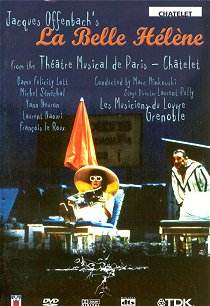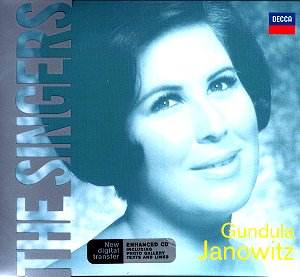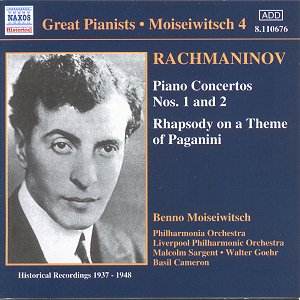 Composer: Antonio Vivaldi
Composer: Antonio Vivaldi
Works: Cello Concerto in E minor RV 409, Cello Concerto in G major RV 413, Concerto for strings and cembalo in D RV 564, Cello Concerto in G major RV 417, Concerto for strings and cembalo in A major RV 562, Concerto for two cellos RV 411
Performers: Alexandre Debrus (cello), Elaine Debrus-Boucher (second cello), Arpeggio Chamber Orchestra/Gilberte Boucher
Recording: 1990s? (DDD)
Label: Pavane ADW 7352 [63.32]
Antonio Vivaldi, the virtuoso composer of the Baroque era, is renowned for his prolific output, particularly in the realm of concertos. His ability to convey emotion and virtuosity within a structured framework is exemplified in the five cello concertos presented in this recording. Each work encapsulates the lively spirit of the Baroque while also showcasing the cello’s expressiveness, a relatively recent development in the early 18th century. The concertos, while often criticized for their formulaic nature, provide a rich tapestry of melodic invention and rhythmic vitality that continues to resonate.
The performances by Alexandre Debrus, accompanied by his sister Elaine Debrus-Boucher and the Arpeggio Chamber Orchestra under the baton of Gilberte Boucher, demonstrate a commendable blend of technical proficiency and interpretative insight. Debrus’s tone, characterized by its warmth and clarity, shines particularly in the Cello Concerto in E minor RV 409, where the first movement unfolds with an engaging cantilena that is both lyrical and nuanced. The subsequent Allegros are spirited without tipping into mere bravura, maintaining a balance that allows the music’s intrinsic character to emerge.
However, the recording’s interpretative choices warrant scrutiny. While Debrus possesses a fine technique, there are moments—particularly in the finale of the G major concerto RV 413—where his exuberant approach borders on excessive, occasionally sacrificing the music’s natural flow for showy display. Such eccentricities may resonate with listeners seeking a lively performance, yet they risk overshadowing Vivaldi’s elegant lines. The orchestra, while well-rehearsed and responsive, sometimes appears to be in a different acoustic space, resulting in a disjunction between the soloist and ensemble that diminishes the overall cohesion.
The sound engineering deserves praise for its clarity and balance, allowing the intricate textures of Vivaldi’s orchestration to emerge. However, certain dynamic choices—such as the forward placement of the cello—can create an imbalance, making the orchestra sound distant during some passages. This is particularly evident in the Concerto for two cellos RV 411, where the interplay between the soloists is delightful yet occasionally undermined by this sonic disparity.
Despite these critiques, the recording achieves a level of charm that should not be underestimated. The lighter, more playful qualities of Vivaldi’s music are evident in the Concerto for strings and cembalo in D RV 564, which, although brief, is executed with a crispness that highlights the ensemble’s agility. The Double Cello Concerto, with its interplay between the two soloists, provides a rewarding contrast to the more solitary works, showcasing the depth of Vivaldi’s dialogue within the concerto form.
This disc presents a mix of strengths and weaknesses, yet it ultimately celebrates the joy of Vivaldi’s music. The artistry of Alexandre Debrus, paired with the capable accompaniment of the Arpeggio Chamber Orchestra, offers listeners a vibrant interpretation of these works. While it may not fully transcend the limitations of its production, the recording captures the essence of Vivaldi’s spirit and the enduring appeal of his concertos. The warmth of the performances, combined with a few eccentric interpretative choices, creates an experience that is both engaging and thought-provoking, appealing to both enthusiasts and newcomers alike.



